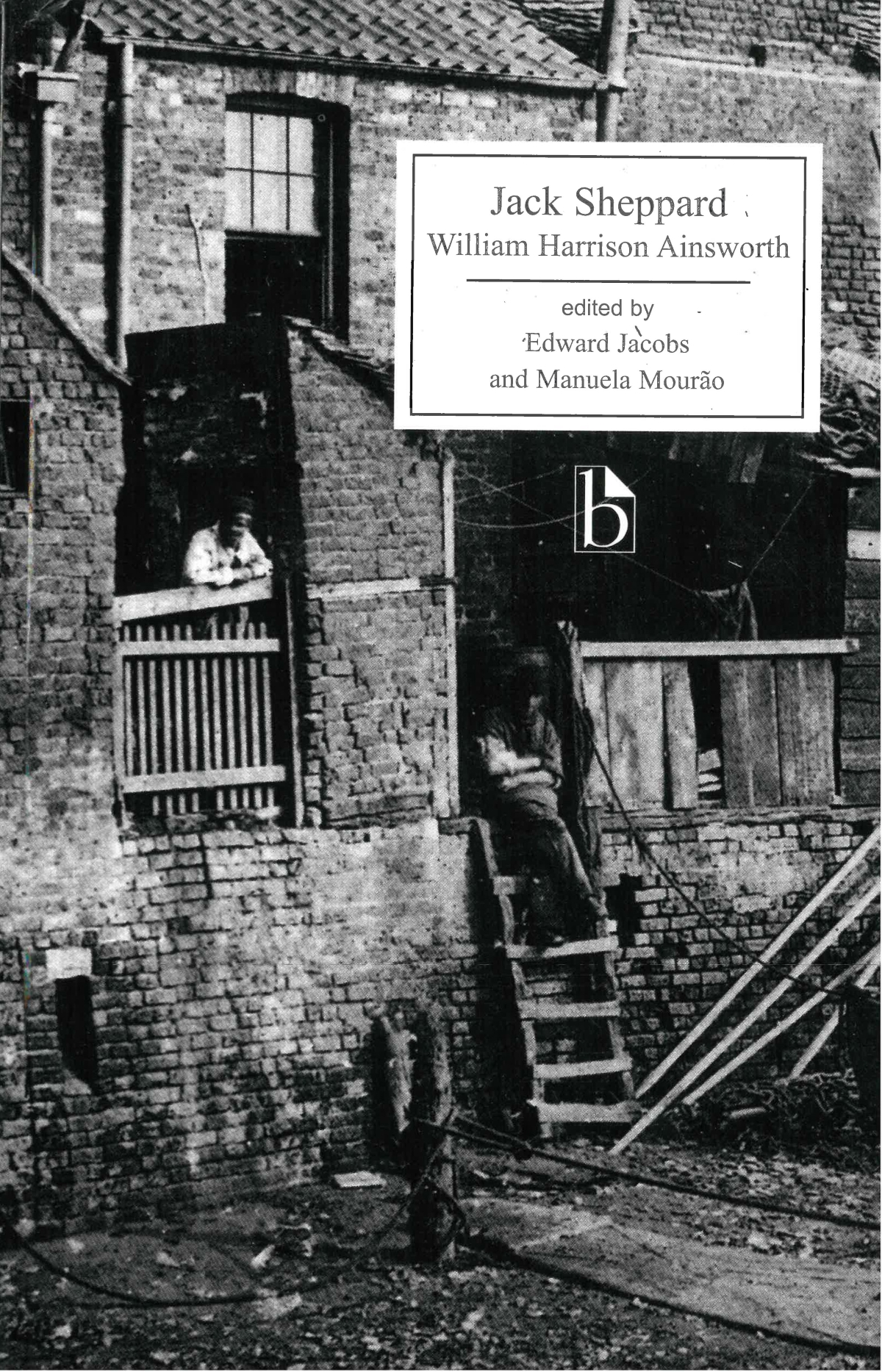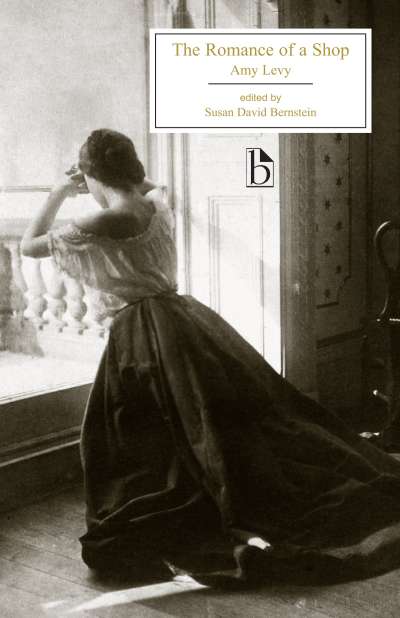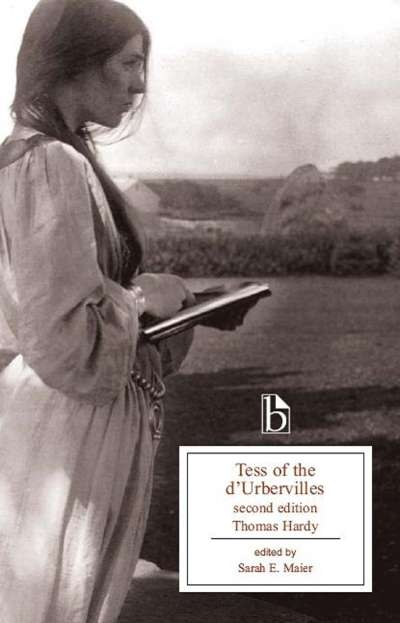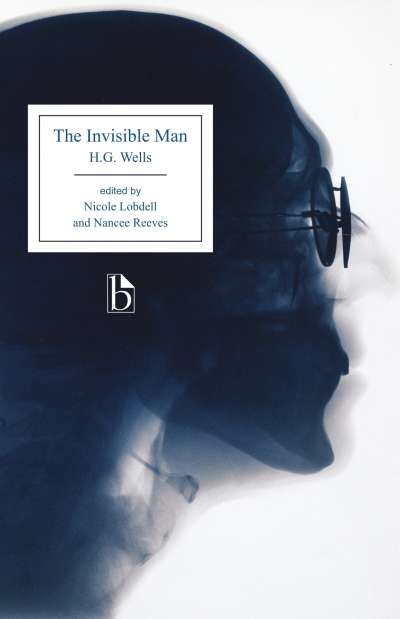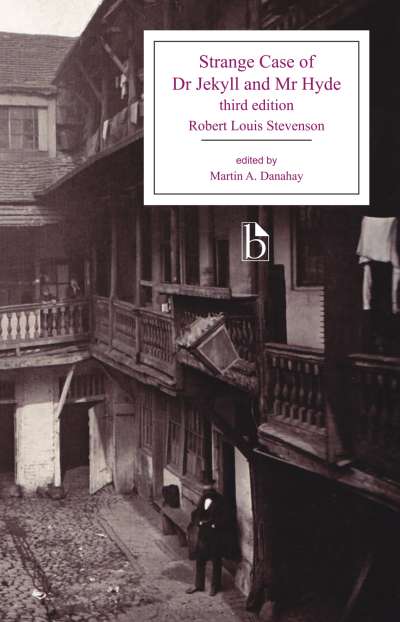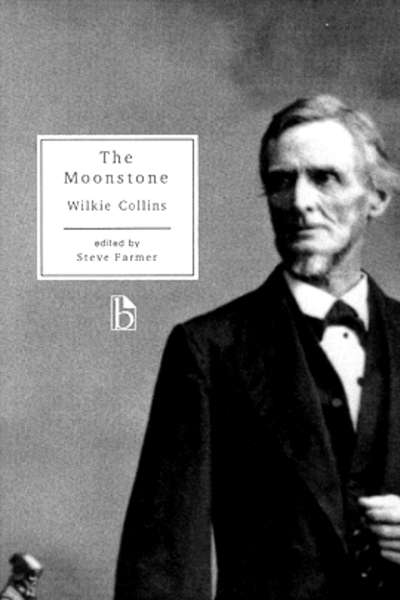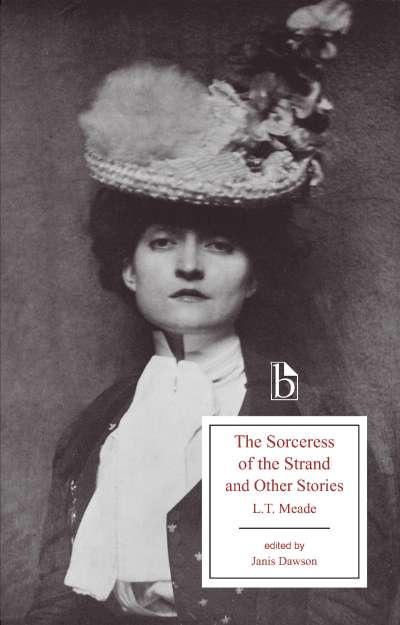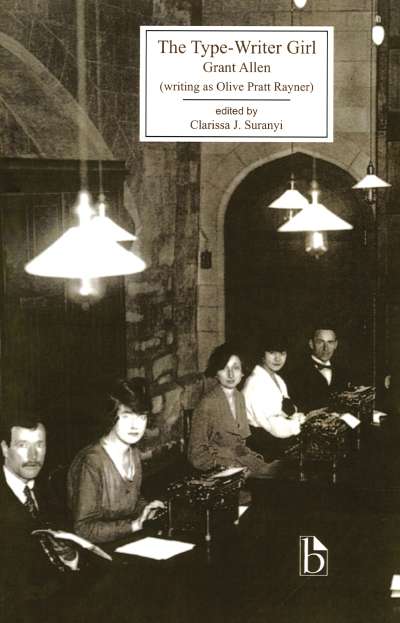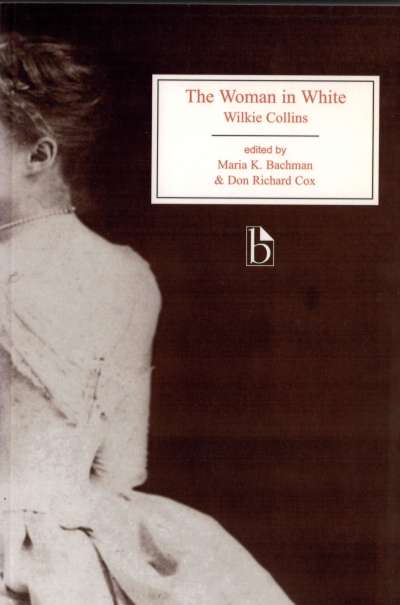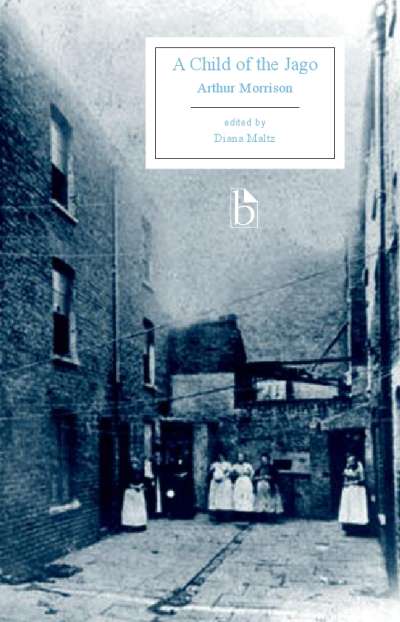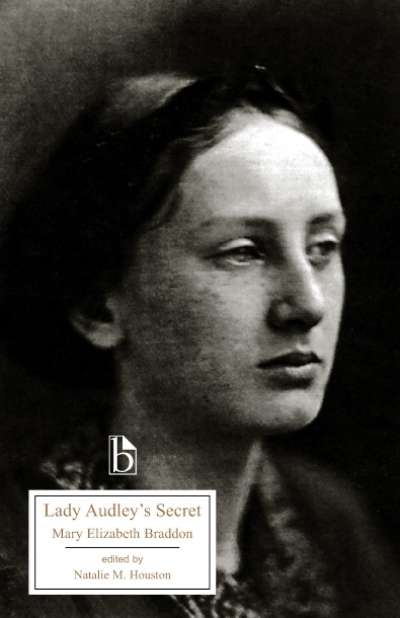In London Labour and the London Poor (1861) Henry Mayhew wrote, “Of all books, perhaps none has ever had so baneful effect upon the young mind, taste, and principles” as Jack Sheppard. An historical novel based on the exploits of John Sheppard, a thief who was executed in 1724, Jack Sheppard was blamed for inciting working-class crime and vagrancy for decades after its 1839 publication. The fast-paced narrative of Sheppard’s repeated prison escapes and his struggles against the evil thief-catcher Jonathan Wild was immensely popular, as well as controversial, in its own time, and is now available for the first time in a fully annotated edition.
This Broadview edition includes the original George Cruikshank illustrations, as well as a rich selection of contemporary reviews of the novel and material on the historical Jack Sheppard, Victorian urban street culture, and the novel’s popular theatrical adaptations.
Comments
“Its incredible popularity and Ainsworth’s ranking as one of the premier novelists of the period argue the need for Jack Sheppard to be in print. Without reading it, we have a necessarily distorted view of crime literature, the historical novel, popular fiction—and, indeed, the Victorian novel as a whole. This edition astutely fills in the context of the novel: its reworking of the 18th-century true-crime tradition, its notoriety as an emblem of a criminal (il)literacy, its extended life through popular theatrical adaptations, and the ensuing controversy over its possible influence. This edition will help students and general readers to understand why Ainsworth was so successful in his historical moment.” — Simon Joyce, College of William and Mary
“This is a first-rate edition, with a highly informative introduction that focuses on the issue of ‘carcerality’ (imprisonment), and the relationship between Ainsworth’s novel, Scott’s version of the Historical Novel, and the 1830s subgenre known as the Newgate Novel. The appendices also give modern readers excerpts from J.B. Buckstone’s dramatic adaptation, Cruikshank’s original illustrations, contemporary critical responses and reviews, and even some of the 18th-century documents that served as Ainsworth’s sources. Altogether, the editors have done their work well, giving us a readable text and a plethora of paratextual material to help us understand the novel as the early Victorians might have done.” — Philip V. Allingham, Lakehead University

